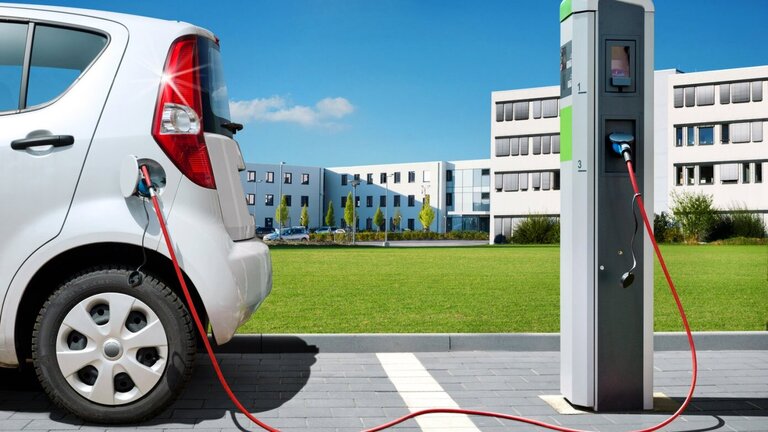For cities and municipalities, but also for private businesses, the challenge is to pursue holistic, interdisciplinary approaches for reducing pollutants in the building, transport and energy sectors and improve air quality. If Germany fails to meet the EU limits for nitrogen oxides in the coming years, it might also have to cope with an action before the European Court of Justice.
Do Not Choke The Cities
Effective actions in the building, transport, infrastructure and energy sectors – ideally implemented in the planning phase – will be key. These also include suitable open space and green space measures such as moss walls, city trees and façade greening.
With regard to infrastructure and transport, a mobility transformation is vital. Action must be taken to promote such concepts as car-free neighborhoods, bicycle highways and urban, low-emission ropeways wherever possible, as well as promoting electromobility. Activities in such major urban centers as Hamburg and Berlin point the way: these cities plan to reallocate a portion of their inner-city traffic space to cycling in an effort to reduce motorized personal transport. In the medium to long term, it is possible to mitigate air pollution by reducing the number of cars.
Less Congestion, Less Air Pollution
Better coordination of urban traffic and construction sites, the expansion of park and ride spaces for commuters, investment in attractive public transport systems and automatic parking concepts also offer great potential for optimizing urban traffic.
Particularly with regard to better traffic management and construction site coordination, digitalization will prove key. The object is to register and control traffic and all the different private and public construction projects in urban areas so as to enable the most efficient traffic flows with the absolute minimum of obstructions. Less congestion always means less air pollution as well. This will require centralized, digital construction site coordination by means of IoT and smart devices.
More Than Just Climate Protection
The actions must also aim at more than just urban climate protection concepts. These are focused more on globally reducing CO2 emissions than on local environmental problems. For instance, take domestic fuel: although biomass-fired heating systems are considered CO2-neutral, they also contribute to air pollution through their emission of such harmful substances as fine particulates, soot and tar compounds and nitrogen oxides.
German Clean Air Crash Program 2017-2020
The German government is funding municipal efforts to improve air quality through its Clean Air Crash Program 2017-2020 (Sofortprogramm für saubere Luft 2017-2020). This supports electromobility and charging infrastructure in local transport, cycling and pedestrian traffic and efficient traffic management. It is relatively simple to focus on actions to develop cycling traffic, mobility centers and electromobility that have been fully planned and are ‘shovel-ready’, perhaps for some time. The corresponding concepts and planning are also eligible for support. Actions with wide-area application have especially good chances of being funded. Depending on the funding priorities, the approval rate is very high – up to 100 percent.
Gregor Grassl, Senior Project Partner and Team Head Green City Development oversees the areas of sustainable urban and neighborhood development at Drees & Sommer. He supervises strategic consulting, such as climate protection concepts, including infrastructure system planning of major international projects with City BIM.
